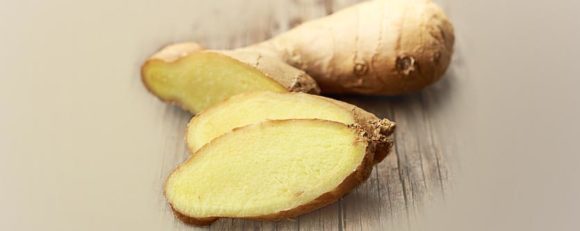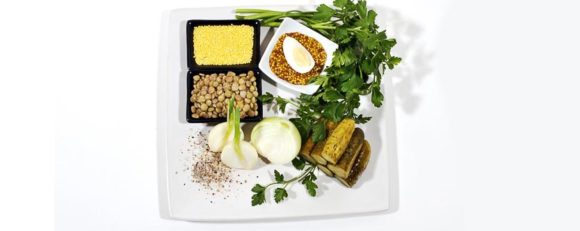
Best Diet to Manage Acidity
Do you often get a burning sensation in your stomach? Is acidity, also known as acid reflux, giving you sleepless nights? If your answer is yes, then blame your diet. There are times when you can’t resist from not overeating, eating spicy and fried foods and drinking too many cups of coffee in a day. This diet profoundly influences the delicate acid-alkaline balance, resulting in acidosis.
When your body fluids contain too much acid, it’s known as acidosis. Acidosis can lead to numerous health issues, and it can even be life-threatening. Apart from diet, stress levels, intense workouts and other aspects of lifestyle can also cause acidosis. Acidosis can be prevented by increasing intake of alkaline based foods. So, if you suffer from acidity, you must avoid foods that leave acidic residue: Reason: such foods increase the acidity of the blood. Some examples would be:
- Flesh foods
- Refined foods such as sugar and maida
- Most grains, including wheat, oats, rye and barley
- Nuts
- Seeds (pulses)
- Eggs
- Coffee
- Chocolate
- Alcohol
The nutrition advice here is just the first step to your meal plans. If you want to get a personalised alkaline food chart, then call on our toll-free number ![]() 1-800-843-0206 and book an appointment with our expert doctors and nutritionists. The first CONSULTATION IS FREE!!!
1-800-843-0206 and book an appointment with our expert doctors and nutritionists. The first CONSULTATION IS FREE!!!
The 2013 American College of Gastroenterology guidelines explains that there is not enough evidence to avoid entire groups of food mentioned above because the individual response to foods varies. But there are some foods that generally may be better tolerated than others. This brings us to one of the most important questions: what is an alkaline diet or what alkaline foods should you add to your diet?
What is an alkaline diet?
An alkaline diet is the one that helps balance the pH level of the fluids in your body, including your blood and urine. The pH value tells you if something is an acid, a base or neutral.
- A pH of 0 indicates a high level of acidity
- A pH of 7 is neutral
- While a pH of 14 is the most basic, or alkaline
Your ideal blood pH is between 7.35 and 7.45, which is slightly alkaline. The stomach has a pH balance which usually ranges between 2 and 3.5, which is highly acidic but is necessary to break down the food properly. However, sometimes, due to unhealthy lifestyle and eating habits, the acidic level in the body goes haywire, leading to acidity, acid refluxes and other gastric ailments. To know how to restore your pH levels, click here.

If you review the daily diet of most citizens, it contains large amounts of acidic foods such as burger, samosa, pizza, rolls, cheese sandwiches, kebabs, colas and pastries. These foods, in the long run, can affect the acidic balance in the stomach. When these acidic foods break down, they leave behind acidic residues, also known as acid ash, which can cause you tummy troubles.
Also, some foods leave an alkaline residue as they contain higher levels of calcium, magnesium, potassium and sodium. Such foods reduce the acidity and help in maintaining the alkalinity of the blood. Some examples are citrus fruits such as oranges, sweet lime and grape fruit. Citrus fruits are acidic in taste, but become alkaline when digested and help restore the alkaline balance in the body.
However, it is important to note that when the citrus juice is canned or bottled it becomes acid-forming. Most fruits except plums are alkaline. Most vegetables are also alkaline in nature especially root vegetables such as yam, beetroot, carrots, sweet-potatoes and radish. Thus, in order to maintain the right acid-alkali balance, our diet should contain one-fifth (20%) acid forming foods such as:
- Grains (like wheat, rye, oat, white rice, maida and barley)
- Bread
- Fish
- Eggs
- Pulses
Four-fifths (80%) alkaline foods or foods that help reduce acid reflux symptoms are:

- Fruits
- Skimmed milk
- Curd
- Lean meat
- Ginger
- Jowar
- Bajra
- Brown rice
- Egg whites
- Vegetable juices
- Potatoes
- Pumpkins
- Almost all vegetables like broccoli, peas, radish, mushrooms, beetroot, cucumber, turi, dudhi, bhindi, fresh green beans, onions, cabbage, carrot and cauliflower
- Most nuts are acid forming except almonds
Low-acid foods
Incorporate these low-acid foods in your alkaline diet as they improve bone health. This apart, these alkaline foods can also limit muscle loss, strengthen your memory and help you live longer. Here’s the list:

- Soya beans, tofu
- Greek yogurt
- Herbs and spices, excluding salt and mustard
- Beans and lentils
- Millet, quinoa
- Herbal teas
- Healthy fats like olive oil, walnut, flaxseeds, sesame oil, sunflower oil and avocados
Drinks high in acid
If you suffer from acidity, it is advisable to avoid high-phosphorus drinks such as beer or hot chocolate made from packets of cocoa mix. Mineral sodas can be a good substitute. If you do want to consume alcohol, opt for a lower phosphorus red or white wine.
Benefits of alkaline diets
- Alkaline diets help improve production of growth hormones and vitamin D absorption, which protects bones and reduces the possibility of chronic ailments.
- Alkaline foods decrease inflammation and protect against common diseases such as high cholesterol, kidney stones, stroke and memory loss. Read more about foods that cause inflammation.
- Alkaline diets reduce levels of chronic back pain, headaches, menstrual symptoms and joint pain.
Conclusion
When a person is suffering from acidosis (you can test saliva, blood & urine to find pH levels) the best way of alkalising the blood is with citrus fruits, fruit juices and vegetable juices. Reduce refined sugar intake as it has many health benefits. Now that you have the list of alkaline foods, try and include them in your diet and make the most of their incredible benefit. Also, try our recipes for acidity at home and see the difference!
